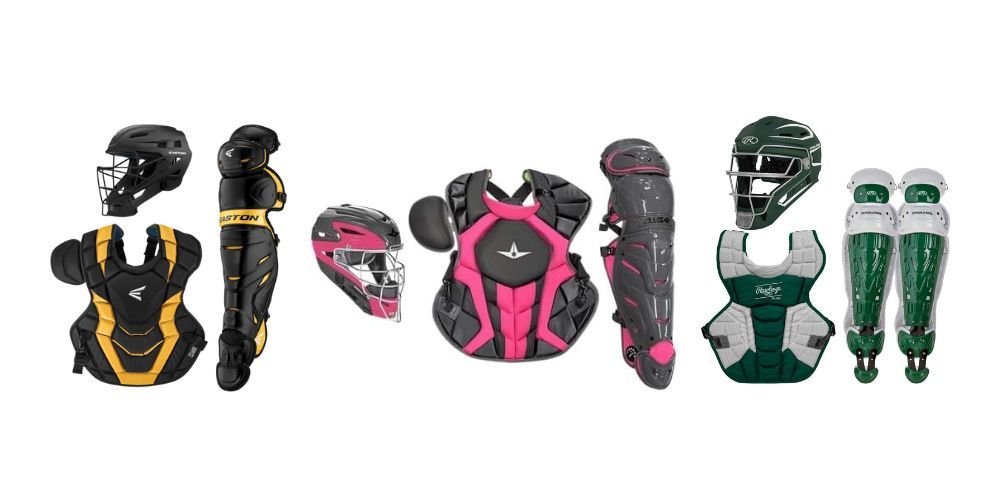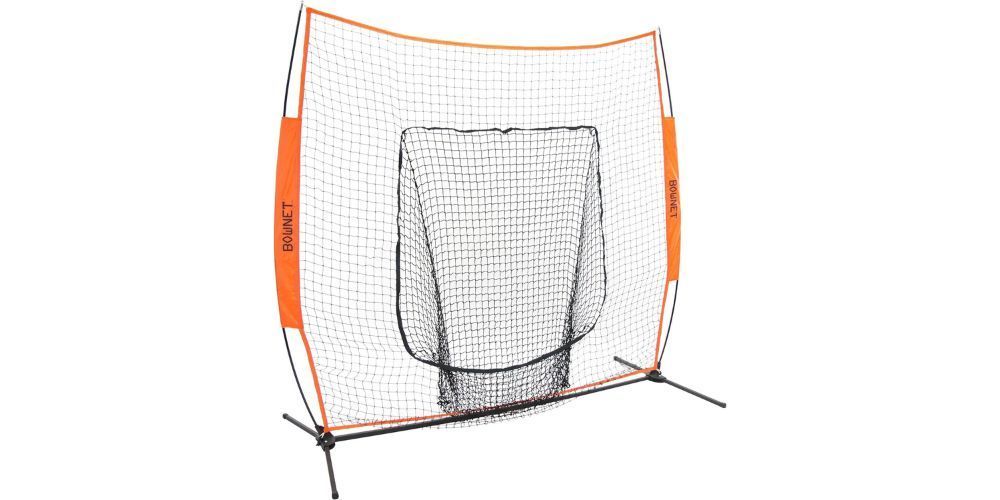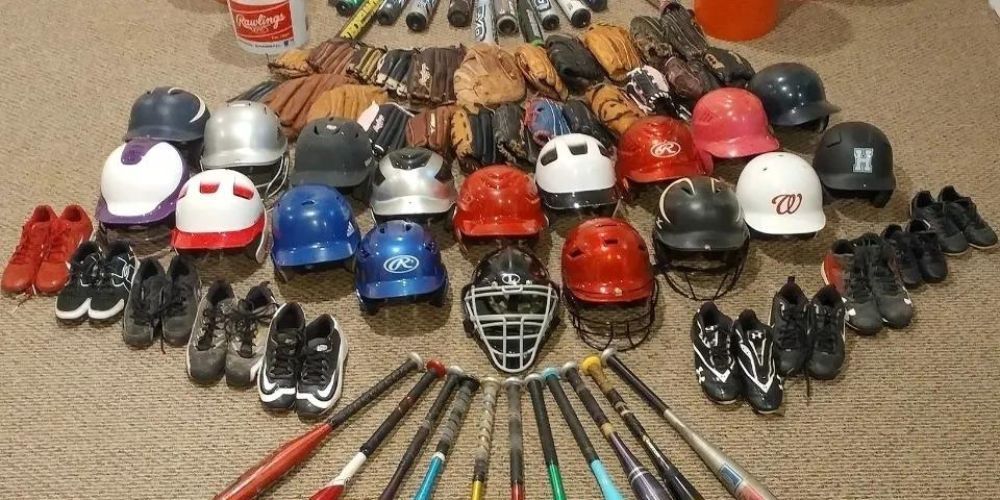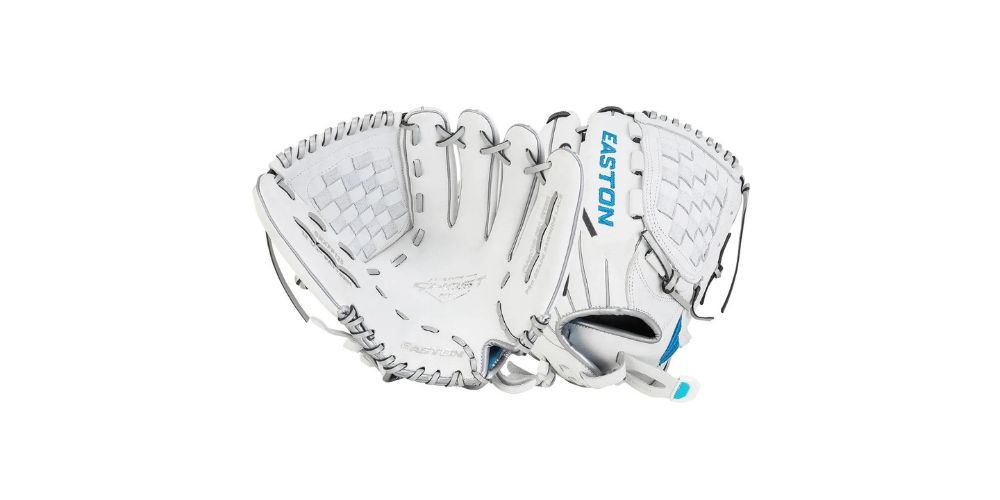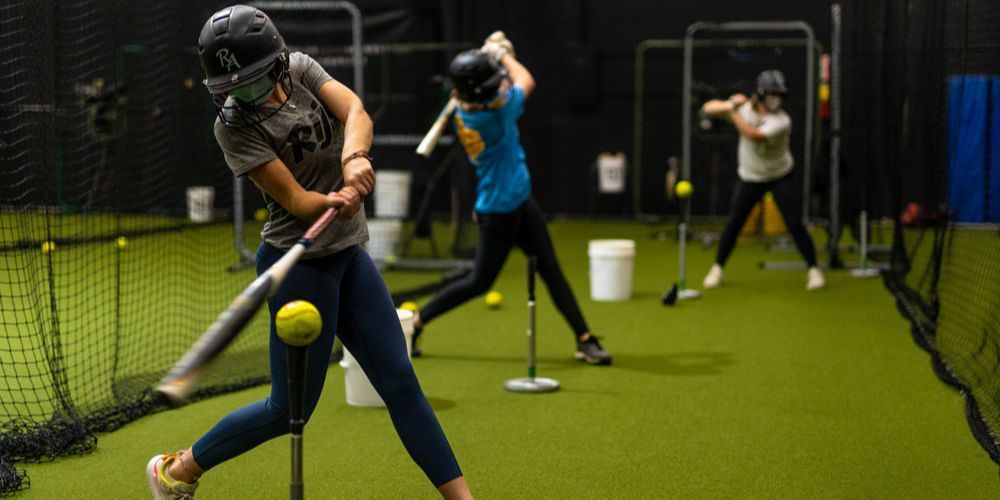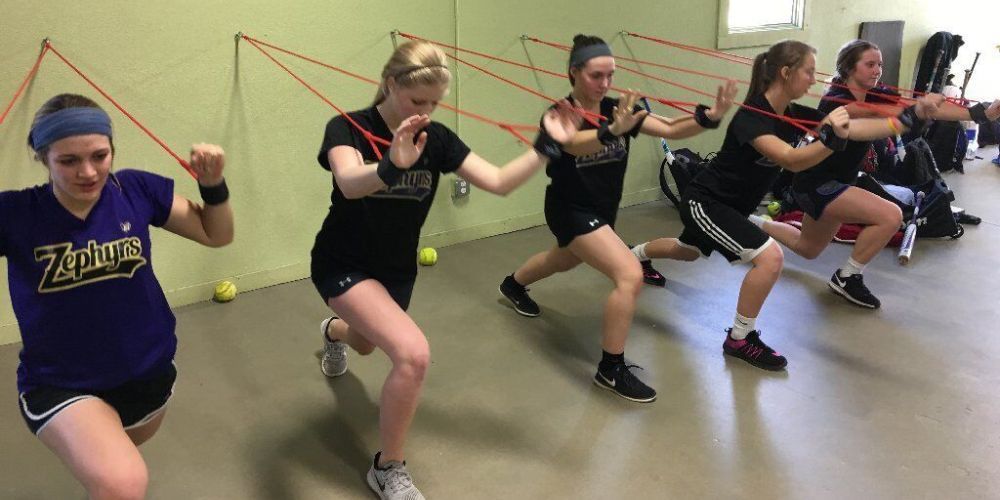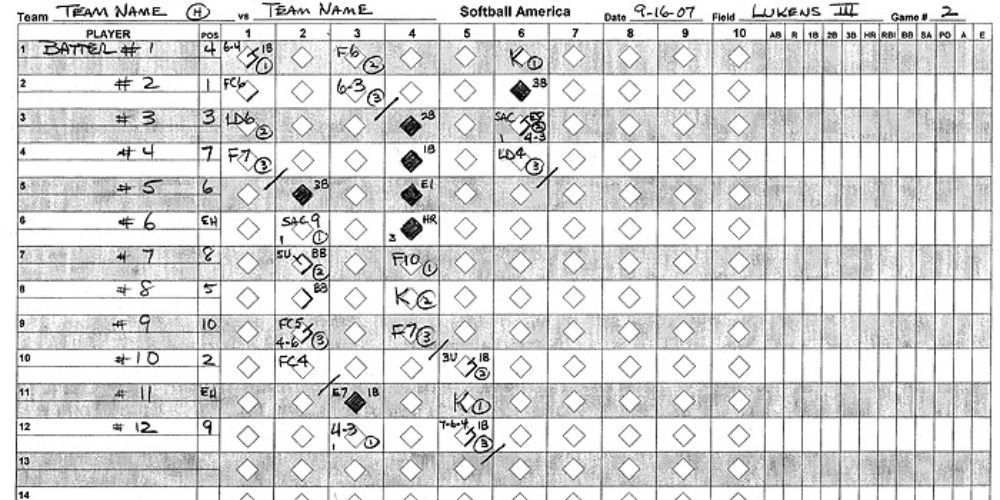Your Ultimate Guide to Slow Pitch Softball Bats: Top Picks for Every League
Choosing the right slow pitch softball bat can feel like navigating a maze of technical terms and endless options. If you've been scouring through reviews yet find yourself overwhelmed, you're not alone. Balancing excitement for a new season with anxiety over picking a suitable bat is common among players aiming to elevate their game.
We've invested countless hours examining top brands like DeMarini, Easton, and Miken to bring you reliable insights. Additionally, exploring different materials—from durable aluminum to flexible composites—revealed how each affects performance. Imagine the crisp sound of an aluminum bat making contact or the smoother swing of a composite after its break-in period. Understanding these nuances is key to finding your perfect match in any league.
The best slow pitch softball bat for recreational league play would be the Miken Izzy Psycho SuperMax. Its design and construction make it suitable for players of various skill levels, offering a combination of power and control at the plate. Remember to check with your league's regulations in terms of barrel diameter and composition before making a purchase.
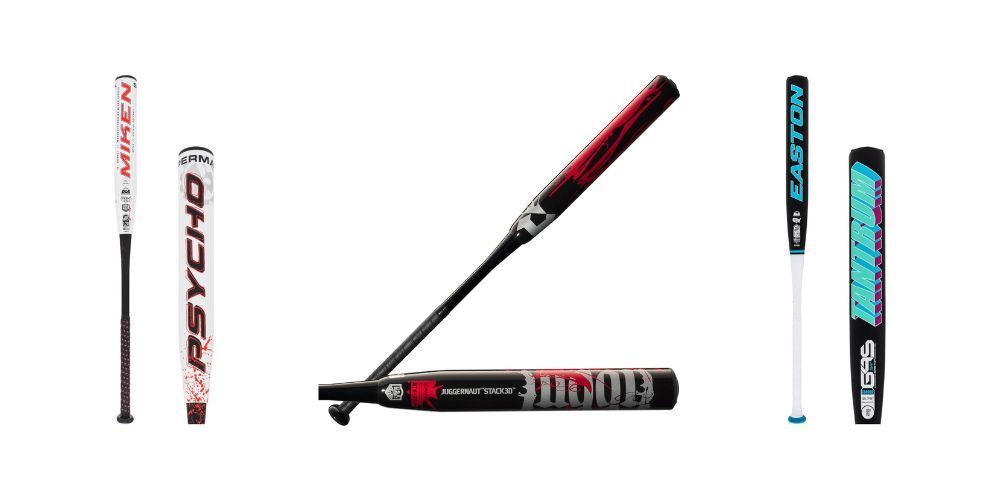
Slow Pitch Softball Bats Overview
When you step onto the field for a game of slow pitch softball, your bat becomes an extension of yourself. It's not just about hitting powerfully; it's also about maintaining control and accuracy. That's where the specialized design of a slow pitch softball bat comes into play. These bats are engineered to provide substantial power while offering heightened control to players, enabling them to harness the full potential of every hit.
Length and diameter: Typically measuring 34 inches in length with a barrel diameter of 2 1/4 inches, slow pitch softball bats are specifically crafted to optimize contact with the ball. The longer length allows for extended reach, while the 2 1/4-inch diameter ensures a balanced swing weight crucial for achieving maximum power without sacrificing speed.
Materials Matter: The material used plays a significant role in determining a bat’s performance and feel. Slow pitch softball bats are commonly made from aluminum, composite, hybrid (half-and-half), and sometimes wood. Each material brings unique attributes to the plate, affecting durability, trampoline effect, swing weight, and overall feel.
Consider aluminum bats—known for their durability and affordability—ideal for amateur players starting in the sport. On the other hand, composite bats offer a larger sweet spot and reduced vibration upon contact, making them popular among seasoned players seeking enhanced performance.
Some players might debate whether to go for a single-wall or double-wall composite bat. Single-wall bats are known for their stiffness and durability, while double-wall ones deliver that added trampoline effect for increased power. It's crucial to consider league regulations because some associations restrict double-wall construction due to its enhanced performance potential.
Weight Considerations: Slow pitch softball bats generally weigh between 24 and 30 ounces. Finding the right weight is as important as selecting the right material. Bat speed contributes significantly to hitting power; hence many big hitters opt for lighter bats or ones with an end-loaded design to enhance their swing speed.
Understanding these fundamental aspects—bat length, diameter, material composition, and weight—is pivotal in making an informed purchase decision based on your individual playing style, personal preferences, and league requirements. Each of these elements impacts how a player connects with the ball and ultimately influences their in-game performance.
As we've uncovered the essential features of slow pitch softball bats , let's now dive deeper into the different materials used in crafting these powerful tools.
Different Bat Materials
When it comes to slow pitch softball bats, there are a few different materials to choose from, each with its own set of benefits and drawbacks. Let’s take a closer look at the three most common types: aluminum, composite, and wood.
Aluminum Bats
Aluminum bats are renowned for their durability and consistent performance. They are ideal for players who prefer a reliable bat that requires minimal maintenance. The material's sturdiness makes it a popular choice for various leagues. Aluminum bats offer a consistent pop right out of the wrapper and typically do not require any break-in period, unlike composite bats. Their affordability and low-maintenance nature make them a go-to option for many players who want a reliable and hassle-free experience at the plate.
Composite Bats
Composite bats are made from carbon fiber or other composite materials, offering enhanced performance with better flexibility and a larger "sweet spot" compared to aluminum bats. This larger sweet spot can provide a more forgiving hitting experience, allowing for better contact even on off-center hits. However, one important thing to note is that composite bats usually require a break-in period of approximately 100-200 hits to reach their full potential, during which the bat gradually becomes “hotter” as the fibers loosen up, making it ready for peak performance on the field.
Top-of-the-line composite bats like the Miken Izzy Psycho SuperMax and Monsta Torch LC exemplify the cutting edge of this bat technology with their focus on maximizing performance through advanced composite materials and construction techniques.
Wood Bats
Wood bats, typically made from maple or ash, provide a classic and traditional feel that is favored by some players. While this material offers a unique feedback upon contact with the ball, it is less durable and more prone to breakage compared to aluminum and composite bats. As a result, wood bats are less common in slow pitch softball but are still preferred in certain leagues for their classic style and authenticity.
With distinct advantages and trade-offs associated with each material type, it's crucial to consider your playing style and league regulations when selecting the ideal slow pitch softball bat material that caters to your individual needs. By understanding the characteristics of different bat materials, you can confidently make an informed decision that aligns with your playing preferences and maximizes your performance on the field. Whether you prioritize durability, enhanced performance features, or traditional feel, there is a suitable bat material tailored to your specific requirements.
Understanding the different bat materials opens the door to exploring how bat design impacts gameplay effectiveness. Let's now turn our attention to an essential aspect of slow pitch softball bats —End-Loaded vs. Balanced Designs.
End-Loaded vs. Balanced Designs
Selecting the right bat design is pivotal for every slow pitch softball player, as it significantly influences on-field performance. The difference between end-loaded and balanced bats lies in their weight distribution, which dictates the amount of power or control you'll have with each swing. Let's dissect these two types of designs to understand their distinct advantages and help you make an informed decision when choosing your next bat.
First off, let's focus on end-loaded bats. These are purpose-built to concentrate extra weight towards the barrel end, delivering substantial benefits for power hitters. When you swing an end-loaded bat, the additional mass focuses more force at the barrel's tip, generating higher momentum and boosting hitting power. As a result, players with strong hitting capabilities find end-loaded bats advantageous as they can achieve greater hitting distance.
However, it's important to note that not all players may benefit from this design. Due to the additional weight concentrated towards the barrel end, swinging an end-loaded bat demands more physical strength and stamina. Thus, it primarily suits experienced players who possess the necessary power and technique to wield such a bat effectively.
On the other hand, balanced bats feature a more even weight distribution throughout, ensuring a smoother swing and better control for the player. This makes them the preferred choice for contact hitters who prioritize precision and maneuverability over sheer power. By evenly distributing the weight, balanced bats enable players to maintain consistent swing speed and accuracy, allowing them to hit with more control and finesse.
The advantage of a balanced bat becomes evident as it facilitates improved bat speed, providing contact hitters with the ideal tool to make quick adjustments in timing and direction during a swing. This level of agility and control can be particularly advantageous when facing varying pitch speeds and types, making balanced bats an essential asset for players who value adaptability and consistency in their performance.
For instance, a seasoned hitter who relies on their ability to place quick, accurate hits across different areas of the field rather than aiming for maximum power on every swing would benefit greatly from a balanced bat. It allows them to capitalize on their natural ability to control each hit without compromising on speed, ultimately enhancing their overall batting performance.
By understanding the distinctive characteristics of both end-loaded and balanced bats, you're better equipped to make an informed decision based on your specific strengths and style of play. Whether you're seeking greater hitting power or enhanced maneuverability and control, your choice between these two designs will significantly impact your success on the softball field.
Understanding the nuances of bat design is fundamental but equally vital are the key performance factors that come into play when selecting the perfect slow pitch softball bat. Let's uncover these critical aspects that will elevate your game to new heights.
Key Performance Factors
The performance of a slow pitch softball bat isn’t solely about its weight and length. There are several other factors to consider that can significantly impact how you swing and hit the ball:
Bat Speed
The speed at which you swing the bat has a direct impact on your hitting power. A lighter bat allows for a faster swing, potentially increasing hit distance. This is why many players, especially big hitters, often opt for lighter bats to maximize their bat speed. Think of it like swinging a tightrope - the faster you swing it, the further it goes.
Barrel Size
The size of the barrel directly influences the sweet spot size. A larger barrel provides more hitting surface, reducing the chances of mishits. Imagine the sweet spot as the bullseye on a dartboard - the larger the target area, the better chance you have of hitting it.
Flexibility
Composite bats often offer more flex than other materials (like aluminum or alloy). This enhanced flex can improve the trampoline effect that propels the ball further when hit with force. It's kind of like jumping on a trampoline—the more spring it has, the higher you go.
Each of these factors plays an important role in determining the overall performance of a slow pitch softball bat and can drastically impact how well you perform on the field.
Keep in mind that while these factors are important, personal preference also plays a significant role in choosing the right bat for each player. For example, some players might prioritize bat speed over barrel size, while others might prioritize flexibility.
It’s essential for players to consider these factors and understand how they align with their playing style and capabilities before investing in a new bat.
With a good understanding of how various factors contribute to slow pitch softball bat performance, it's crucial now to explore the regulations and league standards that govern these powerful tools on the field.
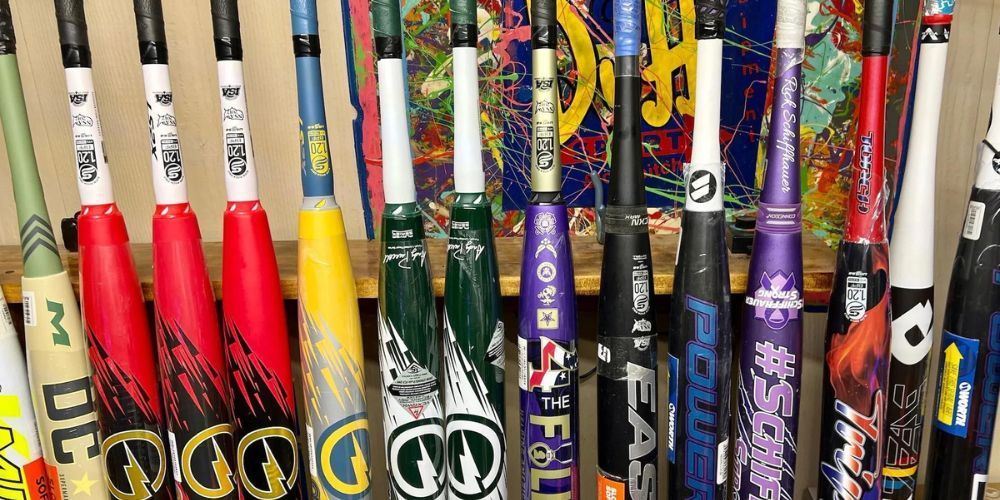
Regulation and League Standards
When one steps onto the field, it's crucial to adhere to the rules and standards set by the league. Each league has specific requirements for bats—dictating important factors such as length, weight, material, and certification marks. The main regulatory bodies in slow pitch softball include USA Softball (formerly ASA), USSSA, ISA, NSA, as well as Senior Softball. It's important to recognize that each of these organizations has its own distinct set of regulations concerning bats.
Let's consider USA Softball, which mandates that bats must meet BPF 1.20 standards. On the other hand, USSSA requires bats to bear the 1.20 BPF USSSA thumbprint. These are just a few examples of how different leagues regulate bats differently. Always make sure to check your league’s specific requirements before purchasing a bat to ensure complete compliance with the set standards.
Picture walking onto the field with a bat only to discover that it doesn’t adhere to your league’s specific regulations. This oversight could result in unnecessary penalties for you or your team. Therefore, it's essential for players to be well-versed in their league’s equipment requirements.
Moreover, statistics show that using an ineligible bat may lead to unwarranted advantages during gameplay. This can create an unfair playing field and ultimately tarnish the integrity of the game.
Understanding these regulations is key as they ensure fair play and uphold the spirit of sportsmanship within every league. Familiarizing oneself with your league's specific standards ensures compliance and aids in maintaining equity across all players on the diamond.
By understanding regulations and ensuring compliance with standards, players can embrace competitive fairness on the field. Now let's explore the exciting variety of top-notch bats tailored for various leagues.
Top Bat Recommendations
When it comes to choosing a slow pitch softball bat, the key is to find the one that gives you the edge when you step up to the plate. Performance, durability, and player feedback are critical factors in making the right selection.
The Miken Izzy Psycho SuperMax is a popular choice among power hitters. Its reputation for exceptional power and durability makes it an attractive option. When you feel the bat in your hands, you can sense the power it holds, ready to help you drive the ball with confidence.
Conversely, the Monsta Torch LC is highly regarded for its balance and large sweet spot. It's a versatile pick suitable for different hitting styles, giving players the flexibility they need to adapt their swing and hit with precision.
Then there's the DeMarini Juggy OG , which offers a great blend of flexibility and pop. Whether you're a new player learning the ropes or an experienced hitter looking for consistent performance, this bat has received praise for its ability to deliver solid hits time and time again.
These bats aren't just hyped up by marketing—they consistently receive positive feedback from players who have put them to the test in real-game scenarios. The trust and satisfaction of actual players using these bats are a strong indication of their quality and effectiveness on the field.
When considering a slow pitch softball bat , it's important to take into account your own preferences, style of play, and areas where you want to improve. Each of these bats has its own strengths that cater to different playing styles and preferences. So choose wisely; find the bat that complements your skills and helps elevate your game to new levels.
Armed with these top recommendations, you're now better equipped to make an informed decision and select a slow pitch softball bat that suits your playing style and requirements.
Selecting the Right Bat for You
When it comes to choosing the perfect slow pitch softball bat, several key factors come into play. Your playing style and league regulations are vital in deciding the right bat that complements your game.
Your playing style can significantly impact your choice of bat. If you're a power hitter who loves sending the ball soaring into the outfield, an end-loaded bat may be your best friend—it can provide that extra "oomph" behind your swing. On the other hand, if you're a contact hitter who relies on precision and speed, a balanced bat might be more suitable for your swing.
Analyzing Bat Weight Distribution
- Power Hitter - End-Loaded Bat
- Contact Hitter - Balanced Bat
The next step is to assess how different bats feel when you swing them. Testing out various bats can help you determine which one feels most natural and comfortable in your hands. While certain bats may look appealing on paper, they might not feel right when you swing them. Your comfort and confidence with the bat you choose can directly affect your performance on the field.
Taking the Test Swing
Before making a decision, take the time to try out different bats and gauge how they feel during practice swings.
For instance, stepping into a batting cage or hitting off a tee with different types of bats allows you to gauge their swing weight, balance, and overall feel in action.
In addition to considering your playing style, it's crucial to ensure that your chosen bat aligns with your league regulations. Different leagues have their own set of standards for equipment. Associations like USA Softball, ASA, ISA, NSA, Senior Softball, and USSSA have specific requirements for approved equipment to maintain fair play across all teams.
Verifying League Regulations
Before making a purchase, double-check that the bat complies with your league's standards to avoid disqualification during games.
Nature's Playbook
As an Amazon Associate I earn from qualifying purchases.

